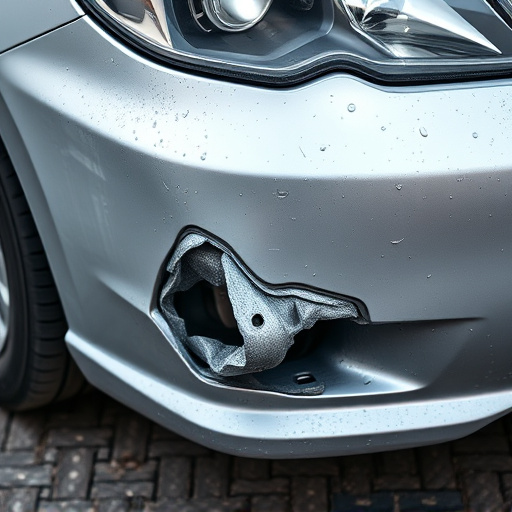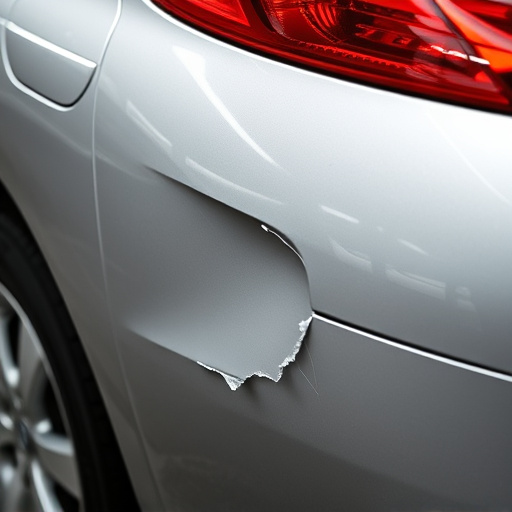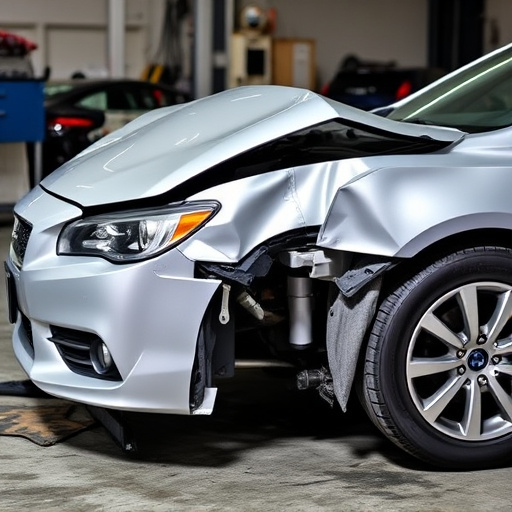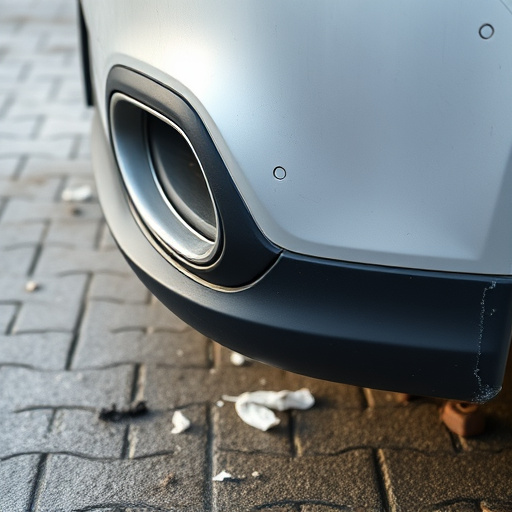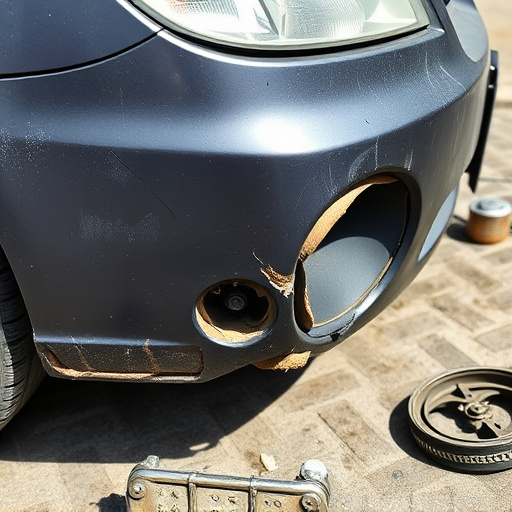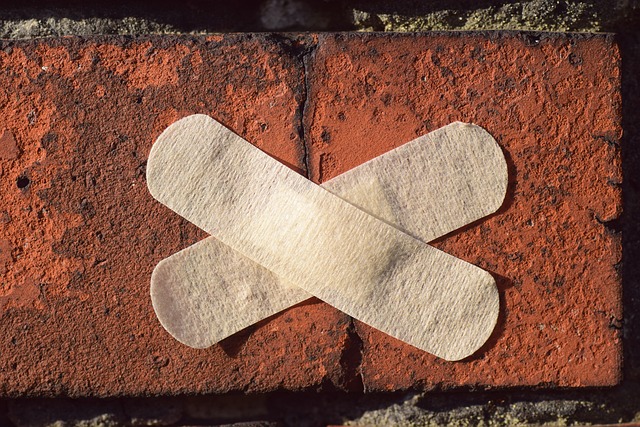Carpet replacement collision is a strategic approach for car bodywork services, focusing on damaged carpets as separate components to streamline repairs and reduce costs. Assessing damage, especially visible signs like dents and tears around doors, determines if complete carpet replacement is necessary. This method benefits businesses by simplifying restoration processes, enhancing customer satisfaction, and providing a more cost-effective long-term solution compared to repeated repairs. Integrating this practice into collision centers optimizes workflows, speeds up turnaround times, and reduces material costs while waste is minimized.
In today’s competitive market, managing repair costs is crucial. One often overlooked strategy, carpet replacement collision, offers significant cost savings and enhances facility management. This article delves into the intricacies of this approach, exploring three key aspects: understanding carpet replacement collision as a cost-effective strategy, assessing damage to identify suitable candidates, and efficient repair management to maximize its benefits. By adopting these practices, facilities can navigate repair challenges effectively while reducing financial strain.
- Understanding Carpet Replacement Collision: A Cost-Effective Strategy
- Assessing Damage: Identifying Candidates for Carpet Replacement
- Efficient Repair Management: Maximizing Carpet Replacement Benefits
Understanding Carpet Replacement Collision: A Cost-Effective Strategy

Carpet replacement collision is a strategic approach that combines efficient carpet replacement with collision repair, offering significant cost savings. By leveraging this method, businesses in the car bodywork services industry can effectively manage repair costs while enhancing customer satisfaction. When a vehicle sustains damage, particularly to its interior, traditional collision repairs often come with substantial expenses. However, through carpet replacement collision, damaged carpets are swiftly replaced without needing to restore the entire car body, thereby reducing labor and material costs significantly.
This cost-effective strategy is especially valuable for collision repair centers, as it streamlines the restoration process. By focusing on the carpet as a separate component, these centers can provide efficient car body restoration while keeping overall repair bills manageable. This approach not only benefits businesses but also customers looking to minimize out-of-pocket expenses without compromising on the quality of their vehicle’s interior post-repair.
Assessing Damage: Identifying Candidates for Carpet Replacement

When it comes to managing repair costs, assessing damage is a critical step, especially for identifying cases where carpet replacement collision may be the best course of action. In many instances, vehicles involved in collisions suffer various degrees of interior damage, including dents and tears in the carpeting. These visible signs are often indications that the carpet has sustained significant impact and may not be salvageable. Body shop services specializing in Mercedes Benz repair, for example, frequently encounter cases where a thorough inspection reveals that the carpet needs to be replaced rather than repaired.
Evaluating the extent of the damage is crucial in deciding whether to opt for carpet replacement collision. Dents, creases, or tears in the carpet fiber, especially around door areas, can affect the overall appearance and comfort of the vehicle’s interior. In such scenarios, a mercedes benz repair expert might recommend replacing the carpet to ensure a seamless fit and restore the vehicle’s pre-collision aesthetic and functionality, ultimately contributing to a more cost-effective long-term solution compared to multiple repair attempts.
Efficient Repair Management: Maximizing Carpet Replacement Benefits

Efficient repair management is a key aspect of minimizing costs for both property owners and car repair shops. Implementing strategic approaches, such as carpet replacement collision, can significantly enhance the process. This involves assessing damaged areas specifically and replacing only the affected carpets, which not only saves on material costs but also reduces waste. By focusing on targeted repairs, businesses can ensure that resources are allocated optimally, maximizing the benefits of carpet replacement.
Furthermore, integrating this practice into a well-organized collision center or tire services department allows for streamlined workflows. Efficient repair management practices facilitate faster turnaround times, as technicians can dedicatedly address carpet issues without getting sidetracked by broader restoration tasks. This precision approach ultimately contributes to improved customer satisfaction, as quick and effective solutions are provided within the overall car repair shop operations.
Carpet replacement collision, as a strategic approach to repair costs, offers significant benefits. By understanding this method, assessing damage effectively, and managing repairs efficiently, businesses can maximize cost savings without compromising quality. Implementing these practices ensures a robust and economical solution for maintaining indoor spaces, ultimately reducing long-term expenses related to carpet damage. This data-driven approach positions carpet replacement collision as a valuable tool in the management arsenal for any facility manager looking to optimize their budget while preserving the aesthetics and comfort of their environment.
